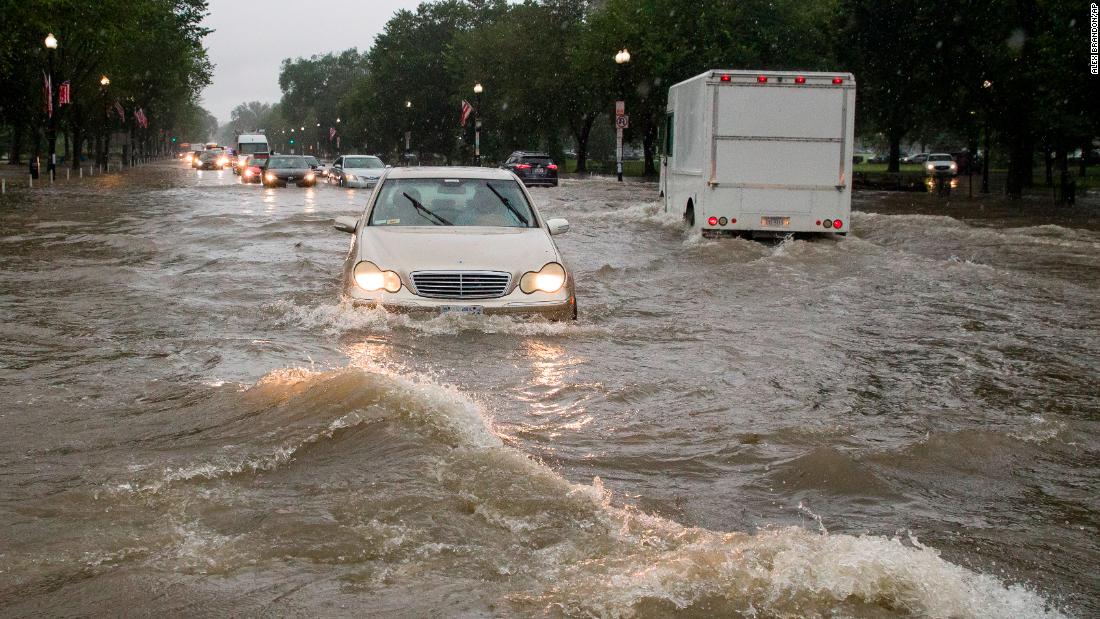[ad_1]
The agency cited El Niño and rising sea levels as reasons why “it no longer takes a strong storm or hurricane to cause flooding in many coastal areas” and warned that people should expect even more in the future.
The effects of high-tide flooding include disrupted traffic along East Coast roadways, degraded septic system functionality in South Florida and salted farmlands in coastal Delaware and Maryland, the NOAA said.
NOAA has identified more than 40 locations where high-tide flooding trends reveal “significant acceleration” along the West and East coasts. The data suggests that coastal impacts will soon become “chronic rather than sporadic.”
In 2019, the Northeast Atlantic is expected to experience a median of eight days of flooding, a 140% increase since 2000. Flooding in the Southeast is set to increase 190% since 2000 to a median of five days, and the western Gulf Coast is expected to increase 130% to a median of six days.
“Once communities realize they are susceptible to high tide flooding, they need to begin to address the impacts, which can become chronic rather quickly,” William Sweet, an oceanographer at NOAA’s Center for Operational Oceanographic Products and Services and lead author of the report, said in a statement.
“Communities find themselves not knowing what to expect next year and the decades to come, which makes planning difficult. Our high tide projections can play a vital role in helping them plan mitigation and other remedies.”
The report projects that, by 2050, the United States will experience 25 to 75 days of high-tide flooding.
[ad_2]
Source link

